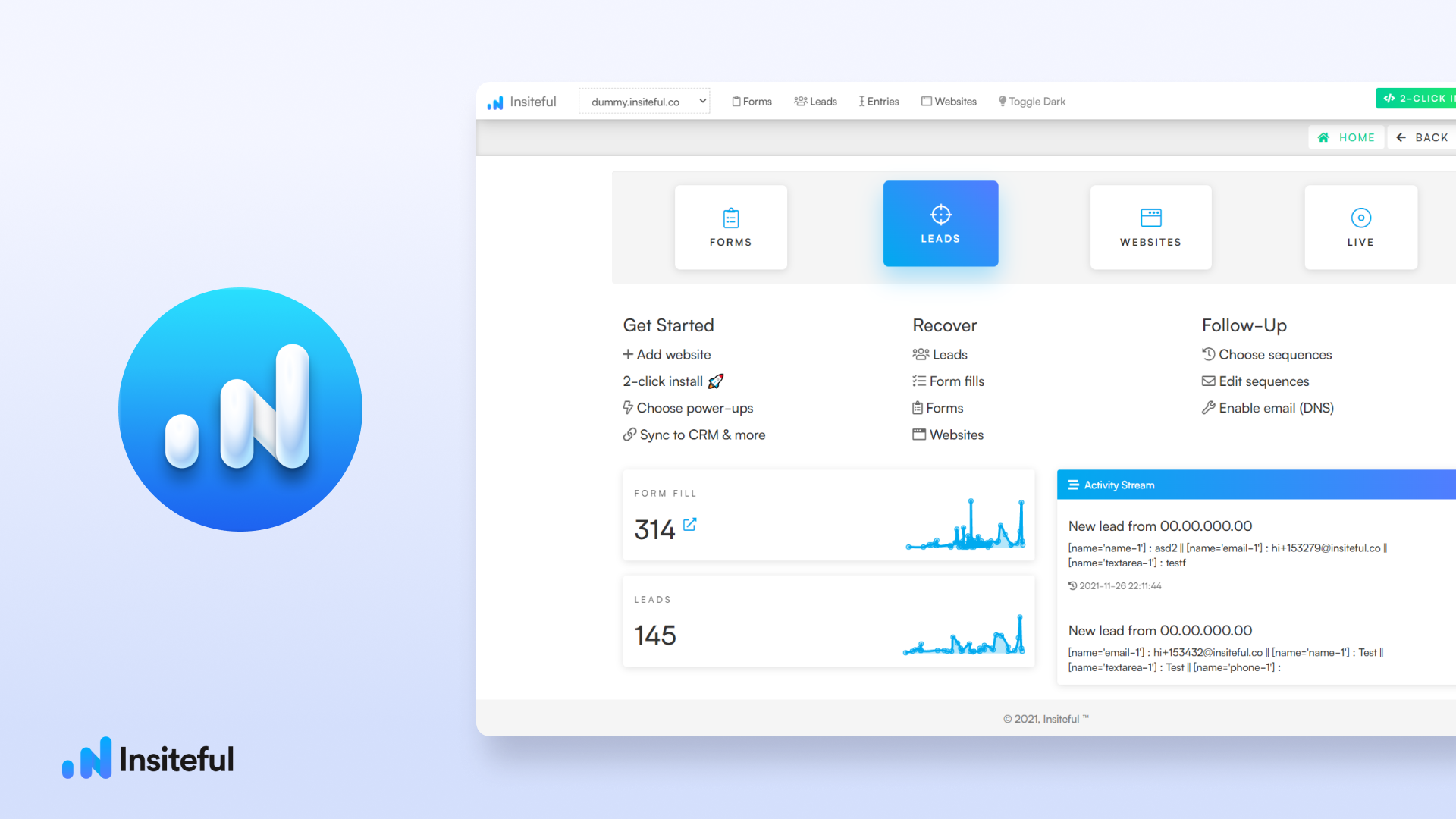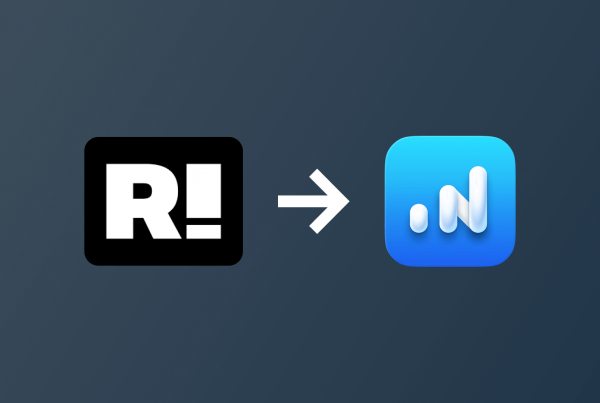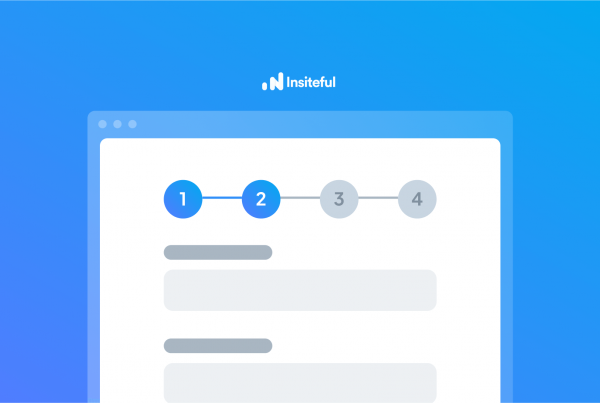Modern marketing has become much more complicated in the age of social media and the world wide web. The majority of businesses have a marketing strategy in place for search engine optimization (SEO), pay-per-click (PPC) advertising, web design, content marketing, social media marketing, email marketing, etc.
But how can you measure the success of your marketing efforts? The best place is to start by tracking key performance indicators (KPI). Lead generation is one of the most important KPIs: 67% of companies define marketing success based on lead generation alone.
Lead forms are critical components of any online lead generation strategy. Forms are used to capture leads who engage with content, adding them to a lead nurturing campaign. As such, it is important to take a peek at how your forms are performing and, in this article, we will discuss just that.
Form Performance Indicators (KPIs): What to Measure
![]()
You can track your marketing success by looking at indicators such as Click-to-Conversion Rate, Conversions vs. Purchases, Gross Revenue, Customer Acquisition Costs, Customer Lifetime Values, etc. Likewise, you can monitor form KPIs to evaluate the performance of your forms such as Traffic & Demographics, Form Engagement, and Lead Generation & ROI.
Traffic & Demographics
Since companies have different objectives and manage traffic in various different ways, traffic by itself does not indicate success. Traffic patterns, however, reveal a lot about your website’s overall direction. Increases or decreases in traffic are key indicators of whether your marketing strategies are being implemented and executed correctly. For instance, an increase in organic traffic will (of course) send more people towards forms and landing pages.
It’s also important to consider where the traffic is coming from. Generally, traffic has three different sources: direct visitors, search visitors, and referral visitors. The distribution of the traffic source can help you with the allocation of resources and driving leads towards your forms.
The source of your traffic should be closely monitored in conjunction with the type of traffic. Traffic type covers various important data points such as gender, income, age, device, and location. Each of these statistics is important in its own way; having an overview of from where and what kind of users are coming to your website can provide a lot of actionable information — knowledge you can use to develop an actionable marketing & optimization plan.
Form Engagement
While traffic & demographics data can tell you the type and source of visitor, the next step is to figure out how the traffic is interacting with your forms. This will be three-fold process.
In the first step, you want to figure out how many people are completing forms. It is essential to understand the percent of visitor that are willing to put in the effort to complete the form. Understanding why things are working is just as important as knowing why they aren’t working. If form completion rates are low, this usually indicates that something isn’t working and requires your attention.
This key metric is known as form abandonment: people who aren’t completing lead forms. It is safe to say that this traffic segment is the most valuable for lead generation, because these visitors present an opportunity to increase revenue without additional marketing efforts.
These two steps can also help you understand the 3rd metric: form interaction. When filling out your form, how long do visitors stay on the page before clicking away? There is also the matter of hesitation time: how long does it take on average for a user to type the first character in a field? A long hesitation time indicates that the question may be confusing or requires a complicated answer.
Lead Generation & ROI
Each form has their specific objective, but at the end of the day, the main purpose of any form and landing page is lead generation. Whether it’s a newsletter form or a free eBook form, you want to measure how good a form is at being fulfilling its objective as well as how many leads are being generated with respect to traffic and estimate your return on investment. This all boils down to ROI: return on investment — for paid marketing, this can be measured as return on ad spend (ROAS).
Depending on your business model, another important metric to measure is average order value (AOV): the average amount spent on each order. Knowing this information can help you plan out cost of sales, pricing, volume discounts, and cross-selling opportunities.
Tools to Track Form Performance
Now that you know what kind of data and KPIs you need to track your form performance, let’s talk about some of the tools and methods you can use to capture said data.
Form Abandonment Tracking
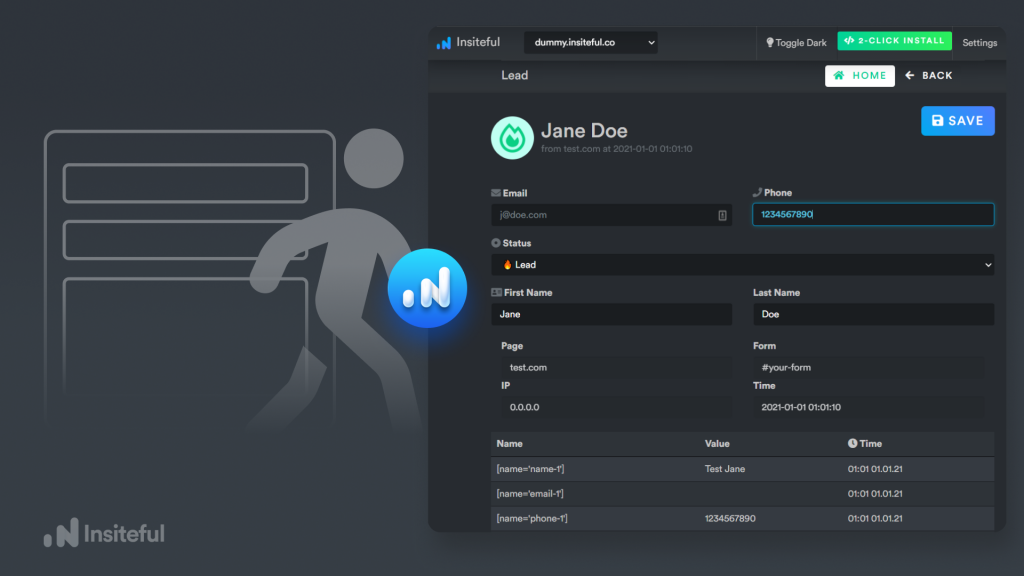
Form abandonment tracking is different than that whole website analytics because you are trying to figure out what is causing the visitors to abandon forms. This is conversion rate optimization tools such as Insiteful can help you. Insiteful is a turnkey solution for form abandonment: set up end-to-end automation with the most advanced conversion optimization platform for all sizes of businesses.
Heatmaps & clickmaps
The most common use of heatmaps is to portray user behavior on landing pages or forms. You can use heatmaps to show where a user clicked on a page, how far they scrolled down a page. Heatmaps are useful to see whether certain call-to-action buttons and attention-grabbing elements are doing their jobs. Tools such as Hotjar and FullStory can be used to get heatmaps and clickmaps.
Form field analytics & funnels
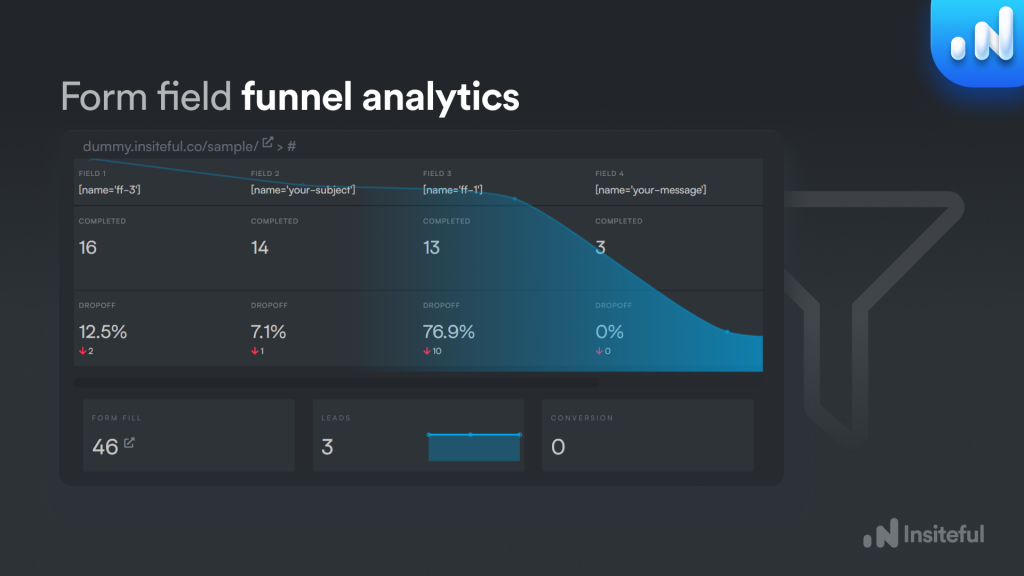
Form fields analytics give you valuable insights to help identify and eliminate the friction points in your web forms. Funnel analysis helps reveal barriers and problematic fields that lead to abandoned forms.
The Hesitation Report for Form Fields is one of the most powerful tools in Insiteful: automatically identifying specific problem areas which would otherwise require hours of analytics & session replay to find.
Segmentation & enrichment
The goal of audience segmentation is to divide your target audience into groups that share similar interests or behaviors. With the help of segmenting your audience, you can create marketing messages that are relevant to each segment, allowing you to reach every customer. Kissmetrics, Google Analytics, and Baremetrics can help you with segmentation & enrichment.
Best Practices
Knowledge is power. With above-mentioned data and tools to collect your data, you can begin to optimize your forms. Here are some tips and best practices to optimize your forms.
- Position your form above the fold where the user attention peaks.
- User correct layout. For most forms single-column layout is better than double-column layout.
- Try to reduce the number of fields.
- Optimize your call-to-action button.
- Get Rid of CAPTCHA
- If not necessary, don’t ask for phone number.
- Be transparent with privacy policy and provide social proof.
- Conduct A/B testing
Form analytics
All the best practices and optimizations are in vain if you don’t know what is necessary and works for your business. Leveraging form analytics is a powerful strategy to unearth all the answers regarding form abandonment and poor form performance. There are a lot of tools available on the market, but most people go for trusted names like Google Analytics. What they don’t understand is GA is better for site-level analytics but measuring in-page activity such as form abandonment requires more advanced tools.
Insiteful was built to solve form abandonment with simplicity and efficiency. Just copy and paste our one-line tracking code and you can start capturing partial entries, as well as a whole slew of form analytics.
Automatically track & optimize your forms with Insiteful
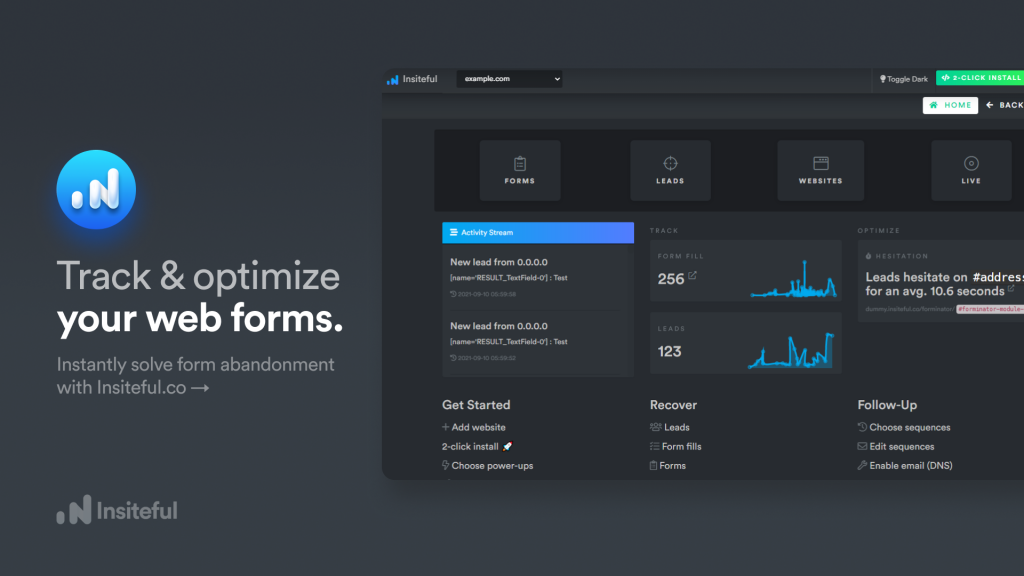
There are many distractions in the world: you can have the best form in the world, and yet people can still get distracted and not complete it. Thus, it is vital to have a “failsafe” backup plan to recover abandoned forms. With Insiteful, you’ll never miss another opportunity thanks to our all-in-one form abandonment software. Capture and convert 100% of prospects that fill out your forms with our intuitive form tracking and automated optimization tools.
From smart insights & form funnel analytics to partial entry tracking, auto email follow-up & saved progress, Insiteful has everything you need to capture & convert more leads from your existing efforts. Try it today — it takes just a few clicks!
